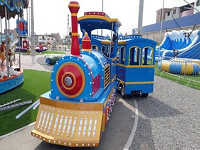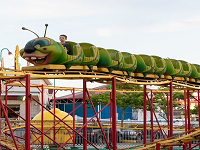What Are The Metal Materials Commonly Used In Amusement Equipment Rides?
Commonly used metal materials are mainly ferrous metals, including pig iron, iron alloys, cast iron and steel. The material commonly used in amusement rides is steel, which is mainly used for structural parts and components. Steel is a material with iron as the main element, carbon content generally below 2%, and other elements.
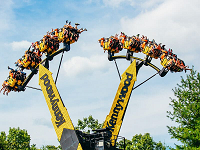
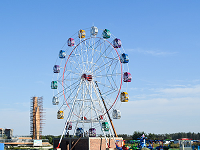
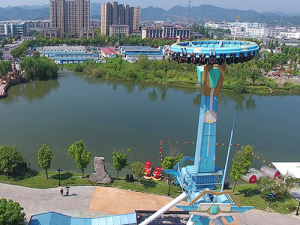
1.Amusement Equipment Rides Classification of steel
(1.1) According to the quality classification, it can be divided into ordinary steel (phosphorus content ≤ 0.045%, sulfur content ≤ 0.050%), high-quality steel (phosphorus content and sulfur content are both ≤ 0.035%), advanced high-quality steel (phosphorus content ≤ 0.035%) ≤0.035%, sulfur content ≤0.030%).
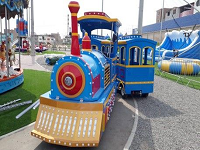
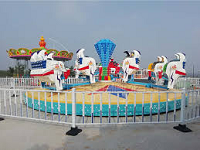
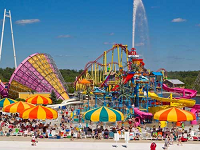
(2) Classification by chemical composition
(2.1) Carbon steel: low carbon steel [w(C)≤0.25%], medium carbon steel [0.25<w(C)≤0.60%], high carbon steel [w(C) >0.60%].
(2.2) Alloy steel: low alloy steel (total content of alloy elements ≤ 5%), medium alloy steel (5% < total content of alloy elements ≤ 10%), high alloy steel (total content of alloy elements > 10%).
(2.3) According to the forming method, it can be divided into forged steel, cast steel, hot-rolled steel and cold-drawn steel.
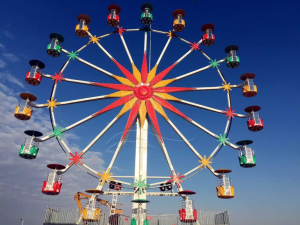
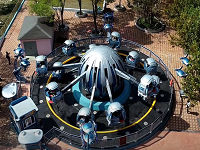
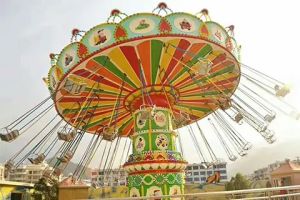
(2.4) Comprehensive classification
(2.41)Ordinary steel: carbon structural steel (Q195, Q215, Q235, Q275), low alloy structural steel, common structural steel for specific purposes.
(2.42) High-quality steel (including high-grade high-quality steel):
①Structural steel: high-quality carbon structural steel, alloy structural steel, spring steel, free-cutting steel, bearing steel, high-quality structural steel for specific purposes.
②Tool steel: carbon tool steel, alloy tool steel, high-speed tool steel.
③Special performance steel: stainless acid-resistant steel, heat-resistant steel, electrical heating alloy steel, electrical steel, high manganese wear-resistant steel.
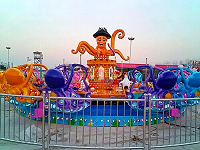
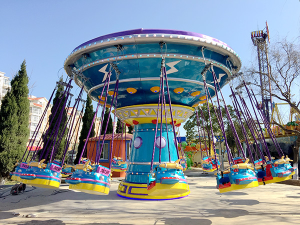
(2.5) Classification by smelting method
(2.51) By furnace type:
①Martin steel open-hearth steel: acid open hearth steel, basic open hearth steel.
②Bessemer Steel: acid converter steel, basic converter steel, or bottom-blown converter steel, side-blown converter steel, and top-blown converter steel.
③ Arc-furnace steel: electric arc furnace steel, electroslag furnace steel, induction furnace steel, vacuum consumable furnace steel, electron beam furnace steel.
(2.52) According to the degree of deoxidation and pouring system: boiling steel, semikilled steel, killed steel, special killed steel.
①The boiling steel is the steel with incomplete deoxidation. No deoxidizer (such as silicon, aluminum, etc.) is added to the steel in the later stage of smelting. When pouring, the molten steel will boil in the ingot mold (gas escape). After the ingot is solidified, the honeycomb bubbles are distributed in the ingot. The bubble cavity will be glued together.
The characteristics of this type of steel are that the silicon content in the steel is very low, and the standard is specified as trace or not more than 0.07%. Its advantages are high yield of steel (about 15% increase), low production cost, good surface quality and deep drawing performance. The disadvantage is that there are many impurities in the steel, the composition segregation is large, and the quality is not uniform.
② Killed steel is completely deoxidized steel. It is usually poured into an ingot shape with a large upper and a lower small with an insulating cap, and the molten steel is calm and does not boil during pouring. Since there is an insulating cap on the upper part of the ingot mold (used to supplement the molten steel when the molten steel is solidified), this cap must be cut off after rolling and billeting, so the yield of the steel is low, but the structure is dense, the composition segregation is small, and the quality evenly. Premium steels and alloys are generally killed steels.
③Semikilled steel steel is steel with complete deoxidation. The degree of deoxidation is between boiling steel and killed steel, and there is boiling phenomenon during pouring, but it is weaker than boiling steel. This kind of steel has some advantages of boiling steel and killed steel, and it is difficult to master in smelting operation.
④The degree of deoxidation of special killed steel is more complete and thorough than that of killed steel, codenamed “TZ”. Special killed steels are of the best quality and are suitable for particularly important structural projects.

